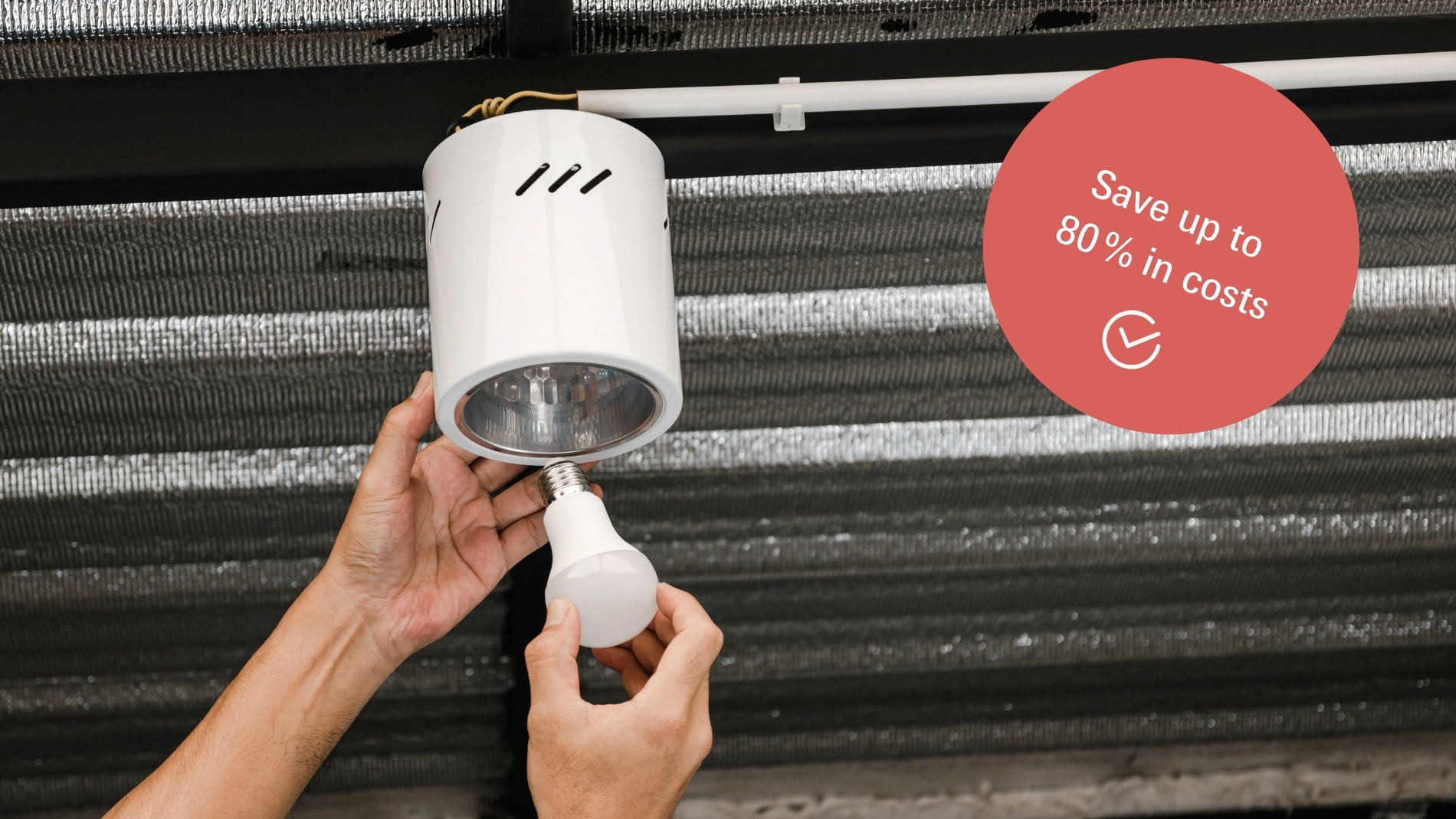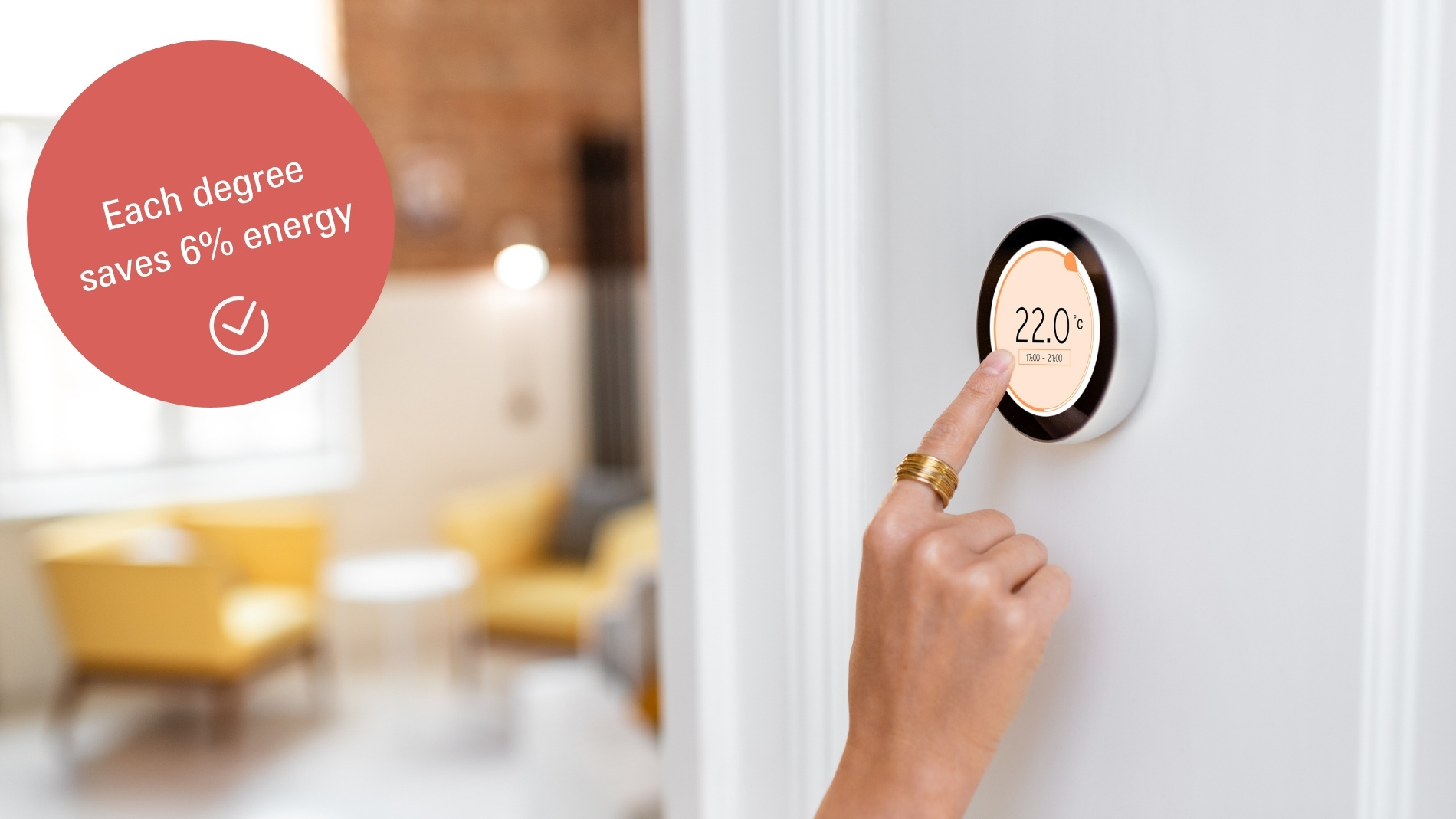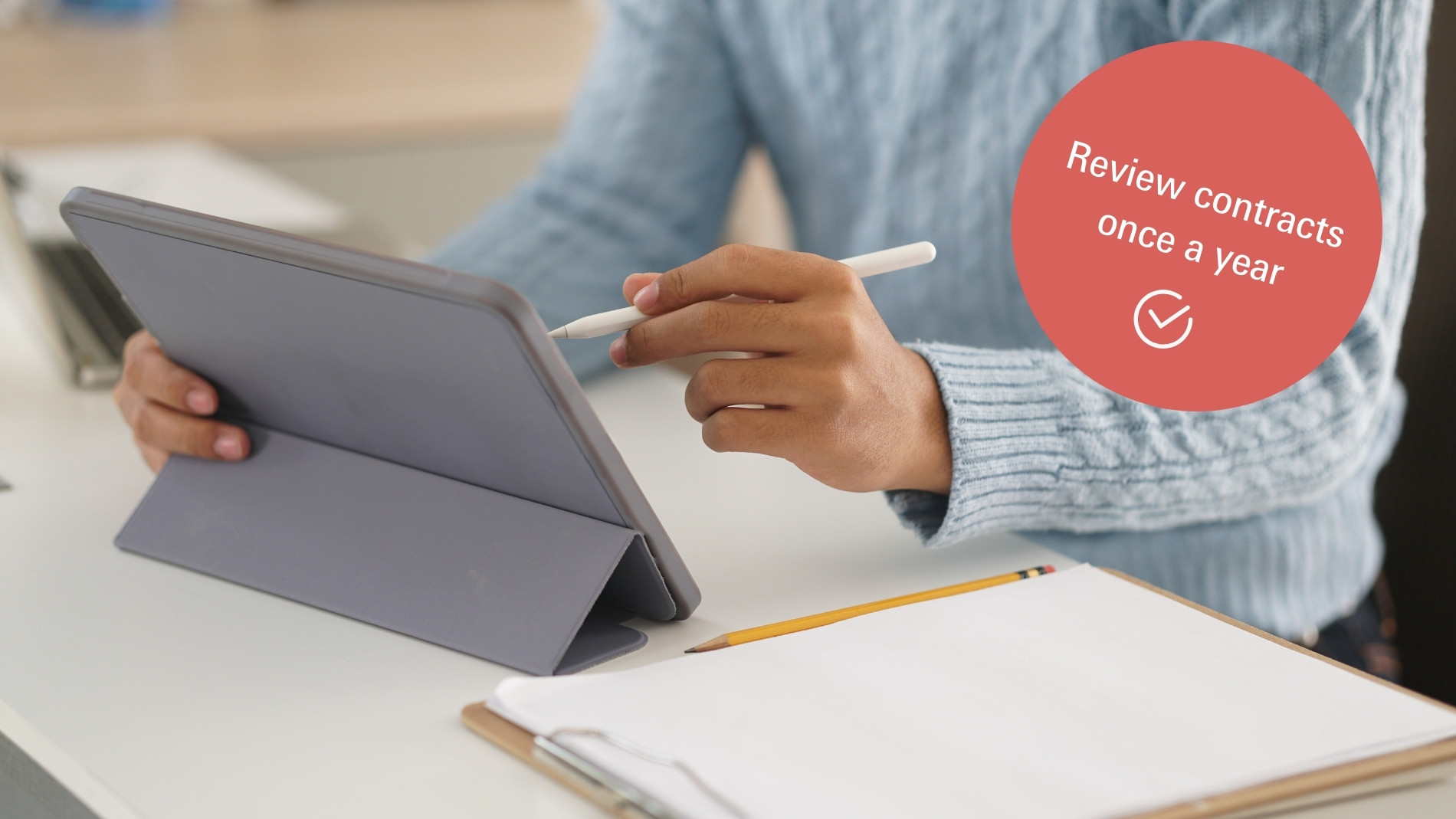Use energy efficiently, reduce costs, and protect the environment: Discover practical tips and sustainable strategies to help retailers successfully reduce their energy consumption.
How Retail Can Successfully Save Energy
The first step is always a thorough analysis of the current energy situation. Where do the highest costs occur? Which devices and areas consume the most energy? The results help to implement targeted measures, such as:
1. Switch to LED Lighting

Modern LED systems consume up to 80% less energy than traditional lighting, while maintaining consistent light quality and offering significantly longer lifespans. This not only cuts energy costs but also reduces maintenance and material use.
Combined with smart controls such as motion sensors, daylight sensors, or timers, lighting can be tailored to actual needs – for example, in storage areas or outside business hours.
2. Optimise Heating and Air Conditioning

Reducing the indoor temperature by just one degree lowers energy consumption by six percent. Regular maintenance, hydraulic balancing, and replacing outdated heating systems ensure additional savings.
Air conditioning should be intelligently managed: keep windows and doors closed, use timers, and employ shading solutions to reduce energy demand.
3. Use Renewable Energy Sources
Whenever possible, shops should use renewable energy like solar power. Waste heat from air conditioning or refrigeration systems can also significantly improve the energy balance.
4. Improve Building Technology
Insulation, triple-glazed windows, and automatic door closers reduce energy loss. Investing in the building envelope pays off eventually through significantly lower energy costs.
5. Review Energy Supply Contracts

Electricity and gas contracts, along with billing statements, should be reviewed at least once a year. This includes checking tariffs and contract details: Is billing based on annual consumption or peak demand? Are network charges, energy taxes, and other fees correct? Pay particular attention to possible daily peak loads, as these can lead to significant additional costs.
A close review of meter readings and consumption helps identify savings potential.
6. Involve Staff
Saving energy only works as a team effort: Staff training, clear rules, and motivation play a key role in implementing energy-saving measures.
Conclusion: Saving Energy Becomes a Competitive Advantage
Sustainability as a selling point: Saving energy in retail is no longer optional but a necessity – for both economic success and environmental protection. With targeted measures and mindful resource use, energy costs can be significantly reduced.
Frequently Asked Questions (FAQ)
What is the most efficient energy?
The most efficient energy is renewable energy, particularly solar and wind power. It produces no emissions and uses resources that are infinitely available.
How can a business save energy?
Businesses save energy by using efficient technology (LEDs, modern heating systems), changing behaviour (switching off devices), and using smart technology to manage lighting, climate control, and energy flows.
What measures save energy?
- Use LED lighting
- Maintain and optimise heating systems
- Switch off devices instead of using standby mode
- Use waste heat
- Utilise renewable energy
- Improve building technology
- Train staff
